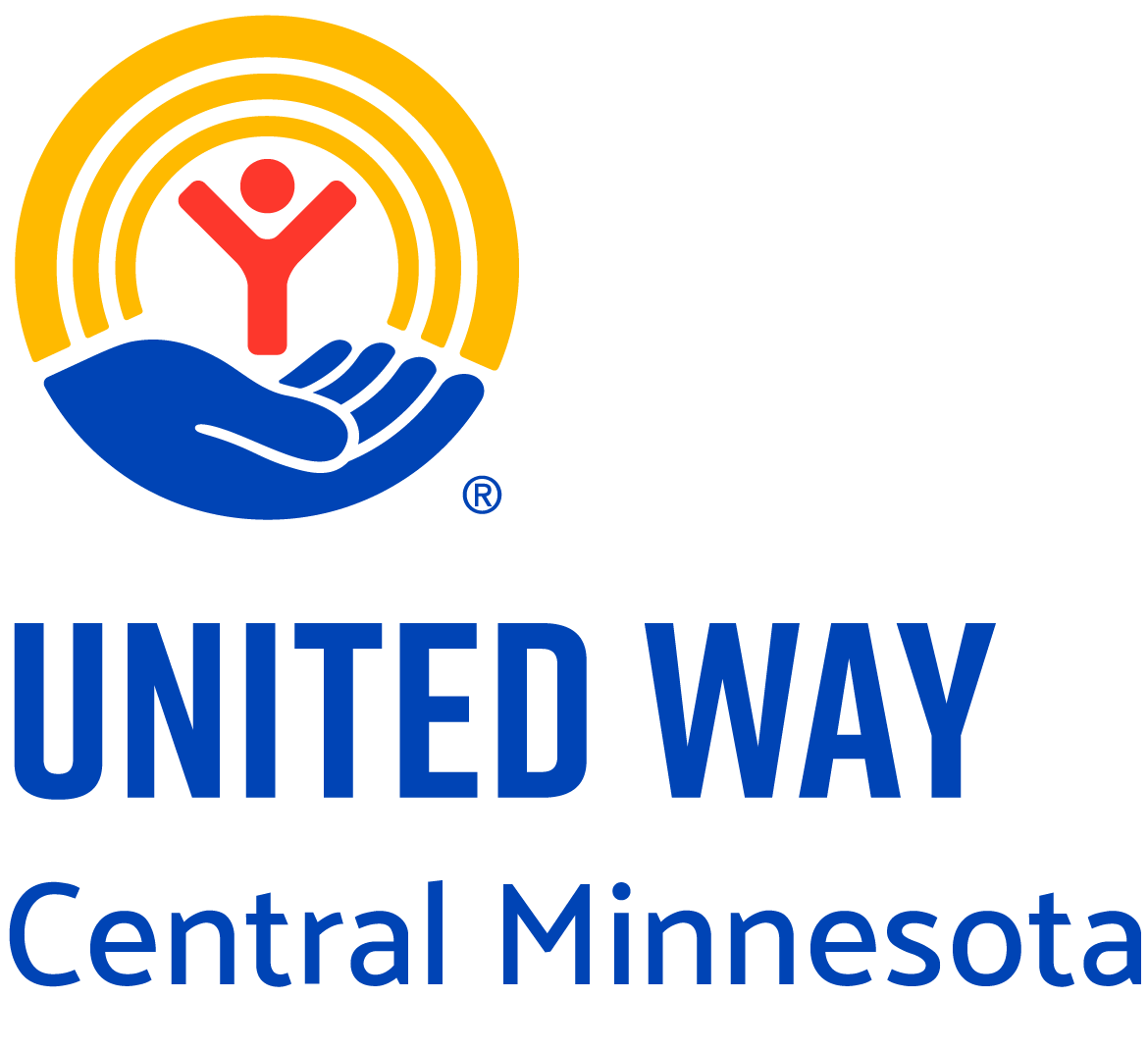
Although the demand for expanded child care availability is apparent throughout Minnesota, the specific requirements vary across communities.
Analyzing the present scenario of child care within your area is crucial for finding the most appropriate strategies for your business to effectively support local child care demands.
Collaborating with national, state, and local early care and education stakeholders provides access to valuable resources for data collection, evaluating the child care landscape, and accessing expertise. This collaboration facilitates a better understanding of the current needs and how best to address them.
THE DATA
2017 estimates showed that in order for there to be enough child care for all children who need it, there would need to be a 37 percent growth in licensed child care capacity.
This has only increased since the pandemic in 2020. A First Children’s Finance report from 2022 lists Minnesota’s current need for child care slots at 17,070. In the United Way of Central Minnesota service area specifically, the deficit number is 5,148.
There are several types of early care and education programs which can help a community meet its child care needs; these include:
CENTERS & PRESCHOOLS
Child Care Centers and Private Preschools
These programs are licensed and monitored by the Minnesota Department of Human Services (DHS) or tribal human services agency and provide care and education for children in age-based groups, either full-time or part-time. These programs are often in free-standing buildings, businesses, community centers, or places of worship.
Public School Pre-kindergarten Programs
Public schools, including charter schools, may offer many program options, including early childhood education, extended day, family literacy, and school readiness programs. In-school or school readiness programs are administered by the Minnesota Department of Education (MDE). They are license-exempt, meaning they can provide care without having a license. License-exempt programs can become certified by meeting health and safety standards, which allows the programs to serve families that receive child care assistance
School-Age Care Programs
School-age care programs care for children in kindergarten through sixth grade. They can be offered in a building like a school, community center, YMCA/YWCA, or parks and recreation program. These programs may be licensed or license-exempt, depending on the setting. License-exempt school-age programs can become certified by meeting health and safety standards, which allows the programs to serve families that receive child care assistance.
FAMILY CHILD CARE
Family child care programs are licensed by the Department of Human Services and monitored by the county or tribal licensing agency. Family child care providers may care for infants, toddlers, preschoolers, and school-age children in their homes. Some family child care programs are also provided in commercial spaces, such as hospitals or churches. Many family child care professionals offer planned play and scheduled activities that help children learn.
HEAD START
Early Head Start (prenatal to age three) and Head Start (three to five-year-olds)
Early Head Start and Head Start and their child care partners serve young children from families with low income. Programs may be based in centers, schools, or family child care homes. These programs have comprehensive services that support the mental, social, and emotional development of children from prenatal to age five.
In addition, programs provide early childhood classes and health and social services. Program services are responsive to each child and family ethnic, cultural, and linguistic heritage. Early Head Start and Head Start encourages the role of parents as their child’s first and most important teachers. Programs build relationships with families that support positive parent-child relationships, family well-being, and connections to peers and community.
OTHER TYPES OF CARE
Drop-In Programs
This is short-term care provided for a few hours at a time. It is usually offered in shopping malls, gyms or community centers.
Family, Friends, or Neighbors
Provider cares only for related children or children from no more than one unrelated family.
Legal Non Licensed Providers
Family, friends, or neighbor care providers who register with the Child Care Assistance Program (CCAP) are referred to as legal non licensed providers. Legal non licensed providers are reimbursed for child care costs by CCAP and serve at least one unrelated child. They are monitored annually for compliance with health and safety requirements by the Minnesota Department of Human Services. Results of those visits are posted publicly on the Department of Human Services’ website.
POD MODEL
A unique child care type, colloquially called a POD, but actually a type of Special Family Child Care license is gaining traction as an out of the box way to offer child care.
The pod model is a new type of license for family child care providers that allows multiple providers to operate in one building without operating as a center. Providers run their programs separately, but they share the overhead costs that can make opening and operating a center prohibitively expensive in rural areas. This model could be more attractive to potential providers who don’t want to start a center but also don’t want to operate their child care business in their homes. This kind of flexibility in policy makes innovation possible, and that leads to solutions.
READ:
Building Bipartisan Support for Child Care Toolkit: 2023 Update - Bipartisan Policy Center
Early Childhood State Report: Minnesota - Bipartisan Policy Center
Child Care is a Business Affair - Bipartisan Policy Center
return to main menu
